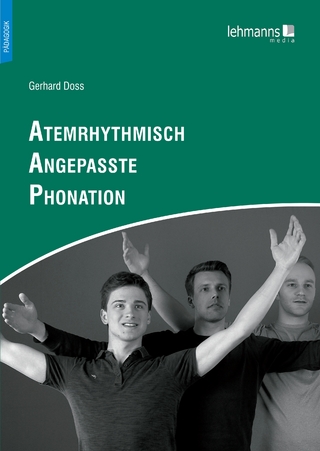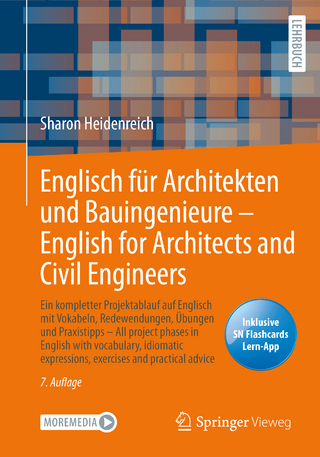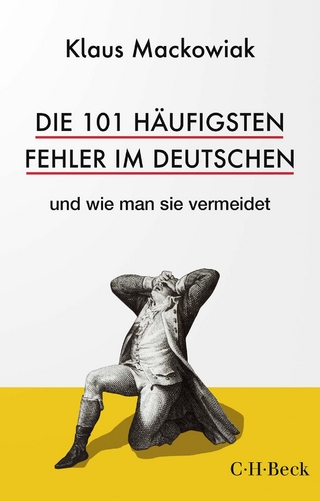
Drawing Conclusions
Teachers' College Press (Verlag)
978-0-8077-6493-0 (ISBN)
Drawing Conclusions explores the use of juxtaposed visual representations (JVRs) to help preservice teachers grapple with abstract concepts, theories, or complex controversies in education. Acting as both a learning tool and an intellectual spark, JVRs are two simple contrasted sketches that students produce on a divided sheet of paper. In these drawings, students attempt to visually represent contrasting ideas that the class is struggling to understand (such as code-meshing versus code-switching, descriptive versus prescriptive grammar, peer response versus peer editing). JVRs are powerful tools for the teacher education classroom because they employ active learning and scaffold pedagogical strategies, act as a low-stakes but important formative assessment tool, help students grapple with complex literary and critical theories, and aid in reorganizing and revising a long writing project.Book Features:
Offers a method for pushing students to higher-order thinking in just a few minutes, helping them analyze critical concepts in English education, writing studies, linguistics, literacy, English Language Arts, and related fields.
Outlines how to use JVRs to encourage students to think in a wider dimension, to use different parts of their brain, and to awaken different neurons.
Provides multiple examples of JVRs to help instructors adapt this intellectually stimulating heuristic to their own classrooms.
Patricia A. Dunn is professor of English at Stony Brook University.
Contents
Introduction 1
Why Student-Produced Juxtaposed Visual Representations? 2
Advantages of Juxtaposed Visual Representations 8
1. Preparing to Juxtapose Visual Representations 13
Modeling the Process 13
Deepening Discussions 19
2. Pathos, Perspective Shifts, and Metaphors 26
Pathos, Drama, and Stick Figures 27
Perspective Shifts 37
Metaphors 40
3. Sketches as Formative Assessment 52
Teaching Troublesome Knowledge 54
Assessing Conceptual Understanding 56
Promoting Deeper Learning 63
4. Grappling With Traditional Versus Contemporary/Critical Theory 74
Text-as-Shoe Metaphor 75
Readers’ Awareness of Lenses 76
Print Versus Audio Texts 78
Problematic Canonical Texts 81
5. Sketching as a Tool for Reorganization 88
Juxtaposing to Troubleshoot 88
Viewing Versus Discussing 93
Proposed Changes to the Process 100
6. Student Responses to Juxtaposed Visual Representations 102
Analyzing Survey Results 103
Students’ Comments 105
Conclusion 106
Appendix: Survey—Students’ Views on Using Juxtaposed Visual Representations 107
References 110
Index 114
About the Author 120
| Erscheinungsdatum | 06.04.2021 |
|---|---|
| Verlagsort | New York |
| Sprache | englisch |
| Maße | 152 x 229 mm |
| Gewicht | 310 g |
| Themenwelt | Geisteswissenschaften ► Sprach- / Literaturwissenschaft ► Sprachwissenschaft |
| Sozialwissenschaften ► Pädagogik ► Schulpädagogik / Grundschule | |
| ISBN-10 | 0-8077-6493-0 / 0807764930 |
| ISBN-13 | 978-0-8077-6493-0 / 9780807764930 |
| Zustand | Neuware |
| Haben Sie eine Frage zum Produkt? |
aus dem Bereich


